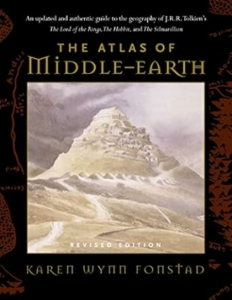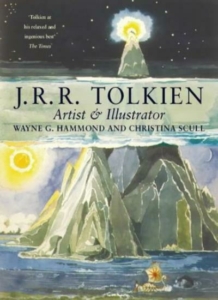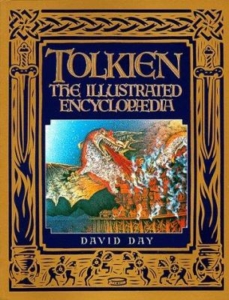Sister Snake by Amanda Lee Koe
Over the centuries, Su and Emerald have drifted in-and-out of each other’s lives. Long ago, they were two snakes living on the banks of a lake near Hangzhou, China. There, they heard a rumor of a lotus that could grant them immortality and the ability to turn into humans at will.
The two snakes – one white, one green – had survived much together, and sworn a bond of sisterhood. Su, the white snake, envied humans and wished to be one of them. Emerald was less eager, but wanted to make her sister’s wish come true.
They found the lotus and completed the ritual. Now living as humans, the two women want very different things out of life. Their opposing natures caused a lot of friction; the sisters have not spoken in many years.
Emerald is currently living in New York City, struggling to make ends meet. Her roommate, Bartek believes her to be a fellow twenty-something, just trying to figure things out.
The sisters’ serpentine nature is a secret that they rarely tell.
When Emerald is hurt in Central Park, opening up to Bartek is her only chance for survival. He is shaken, but he accepts who Emerald is and helps her to the best of his abilities.
Su’s life is very different. She has spent decades perfecting her ability to seem human. She has amassed assets all over the world. Her time has been spent cultivating her ideal existence – denying everything snake-like about herself.
Although she hasn’t seen her sister in many years, Su has been keeping tabs on her – monitoring the news for stories about green snakes in New York. When she sees the report, she instantly recognizes Emerald and jumps on a plane. Su is determined to bring Emerald back to Singapore and keep her out of trouble.
Su loves Singapore. The small island nation is beautifully designed and tightly run. Rules are clearly posted on signage and heavily enforced. She does not consider how Emerald will react to that level of governance. Nor does she consider how her husband – a minister in Singapore’s parliament – will react to her “wild sister.”
SISTER SNAKE by Amanda Lee Koe shows many facets of these two women. It is easy to write Emerald off as irresponsible – a woman who has acted like a teenager for hundreds of years. But the more that the book reveals about their history, the more the reader understands her determination to live a life full of experiences.
On the other hand, Su presents herself as a level-headed, rule-following woman – but the white snake has always been the more dangerous of the two.
Book review by Alyssa Berry, Technical Services Librarian




